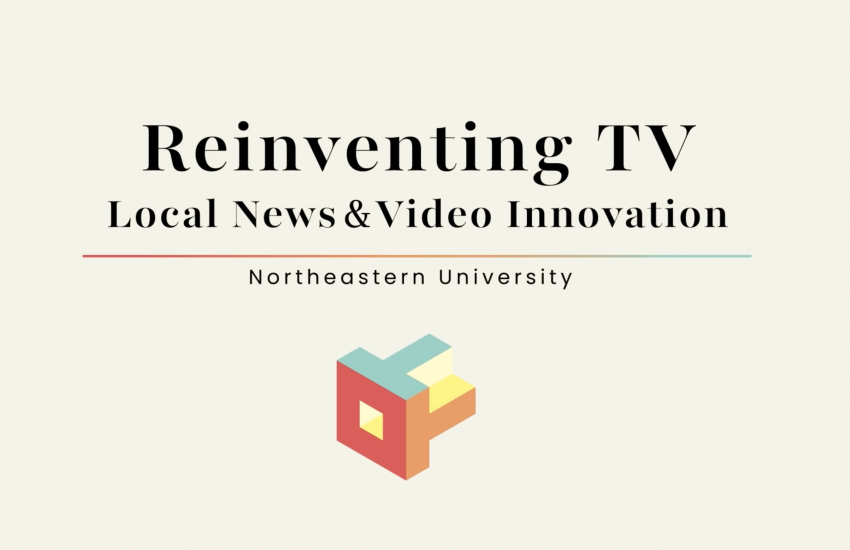The Most Important Conference You Are Not Attending
The most important conference of the year started yesterday in Denver. There are no moguls and machers. Attendees arrive in humble public transit or coach class on airlines, rather than in a parade of private jets like the Davos set. They also are not the glittery techno and entertainment elite that descend each year on SXSW. Attendees of this little known event are not spectacularly dressed and many have not enjoyed a salary raise in years. And they take great pleasure in holding the Davos set accountable for their actions.
I am speaking of NICAR 2016, the annual confab of the National Institute for Computer Assisted Reporting, the annual conference put on each year by the Investigative Reporters and Editors. Hands down, this is the best conference on the planet for journalists that are obsessed with data, like computers, and embrace code as the way forward. Sprawled in the halls toting heavily-stickered, aged laptops you’ll find leading developer and reporters from the New York Times, BuzzFeed, The Guardian, and the Wall Street Journal, among hundreds of other publications.
What the attendees know may not be readily apparent from reading about the travails of the media. We are actually entering a new Golden Age of journalism. So golden that, like no other decade previous, journalism is poised to change the world for the better.
How could this be? Simply put, it’s all about the data. Never before has data been more readily accessible to analyze and spin into stories. If you plunked a gumshoe hack from the 1950s in front of the latest generation of public data tools, such as Socrata and Junar, they would not believe their eyes. From parking ticket data to 911 calls to campaign contributions, all the numbers are now there. And they are in increasingly structured formats, which means machines can read the information and analyze the data for trends and outliers — or signs of misdeeds.
Equally important, [inlinetweet prefix=”” tweeter=”” suffix=”says @AlexSalkever”]never before have the tools to manipulate and visualize data been so accessible[/inlinetweet]. These tools today are essentially free for anyone who wants to use them. Setting up and maintaining a decent sized database in the cloud costs less than $20 per month and will probably be free as the price of cloud computing drops towards zero for basic services. Powerful visualization tools can be quickly built upon technologies such as Node.js, JavaScript, and D3. Sifting and analyzing the data, too, has never been easier. Trifacta, for example, is a visual tool to clean up messy spreadsheets and datasets. BigML is a service that makes it incredibly easy for anyone to use fairly basic machine learning to glean deep insights from data sets.
All of these tools are available and take less time than ever before to set up. And a new generation of journalists are embracing these tools. The fastest (and really only) growing segment of journalism is so-called Computer-Assisted Reporting. This is a broad term but it means hacker journalists of one flavor or another. To me, this is incredibly encouraging. The multiplier-effect of smart technology on journalism is in the very early stages of an exponential curve.
Whereas investigative teams formerly needed to pore over reams of paper and manually analyze documents as was chronicled in the Academy Award winner Spotlight (about the investigation of the Boston Globe into allegations of sexual abuse by the Catholic Church), today’s reporters can convert snapshots of PDFs into structured text which can then be analyzed and categorized (look up DocuCloud as an example). While its far from perfect today, this is a classic brute-force problem that benefits from the exponential improvements in computing power.
In this coming golden age, deep-dive investigative projects that today still take months will be compressed into a few days. The primary time constraint will be actual interviews with human subjects and sanity-checking the data. Story ideas will rain from the sky as analytical engines we aim at public and online data will quickly alert media teams to anomalies. And interesting data will drive a significant the news, as it should. Machines take over writing up less interesting data (think box scores of sports games and campaign finance figures), leaving humans to provide color, commentary and insights on the outliers or anomalies.
While the business of journalism remains fraught with difficulties emanating largely from the rough transition from print and broadcast ad models to online spots, some forward-thinking entities are forging new models that center on fast-turnaround digital product. They have gotten lean and are doing OK. So while journalism may continue to contract until more viable business models solidify, we will see an astonishing increase in the volume of high-quality, impactful journalism driven by data.
Which brings me back to NICAR. The way we pay for journalism is totally up in the air. The jobs in journalism will continue to decline. This makes me sad. That said, the costs and time required to deliver superior journalism is rapidly declining if newer tools and capabilities are used — and if data is a focus. So I can’t wait to see in a decade what this year’s crop of NICAR attendees have done and what they have built.
We’re already getting hints at amazing things in the works. Veteran political reporter and coder Derek Willis is building OpenElections, a platform designed to create “…the first free, comprehensive, standardized, linked set of election data for the United States, including federal and statewide offices.” ProPublica’s SurgeonTracker is an incredible resource that lets anyone type in the name of a surgeon and check “calculated death and complication rates for surgeons performing one of eight elective procedures in Medicare, carefully adjusting for differences in patient health, age and hospital quality.” This database is unique and gives people far better ability to make a good life-or-death decision, not to mention enforcing accountability in an area that has previously been difficult.
The job of journalists has always been to hold the powers that be accountable. And there is no better way to do that than with cold, hard, irrefutable data. This has always been the case. But never before has it been more within grasp at a scale which will turn the Fourth Estate into a far more formidable force that will make the world, as whole, a much better place.
Alex Salkever is the head of marketing at Silk.co, a data publishing and visualization platform. This post first appeared on Medium.
- The Most Important Conference You Are Not Attending - March 11, 2016





